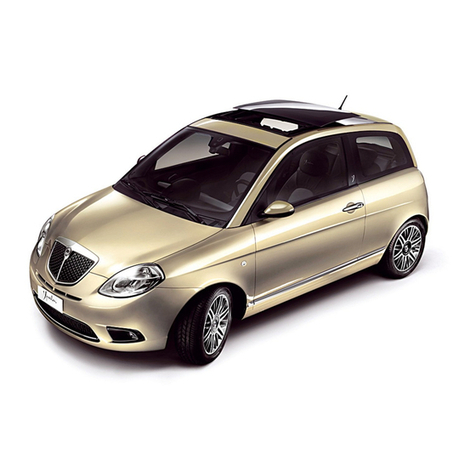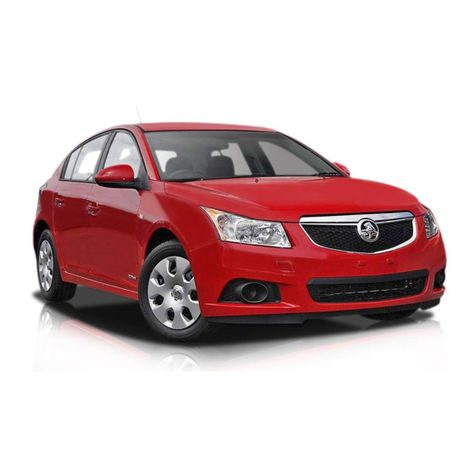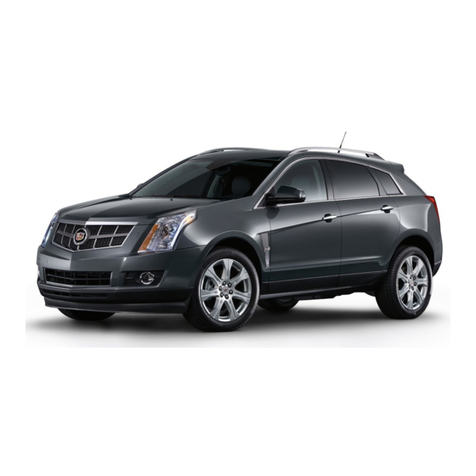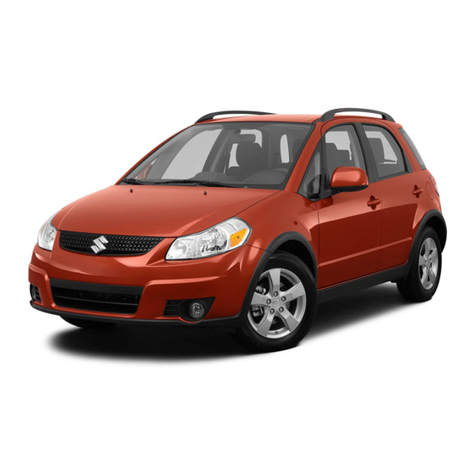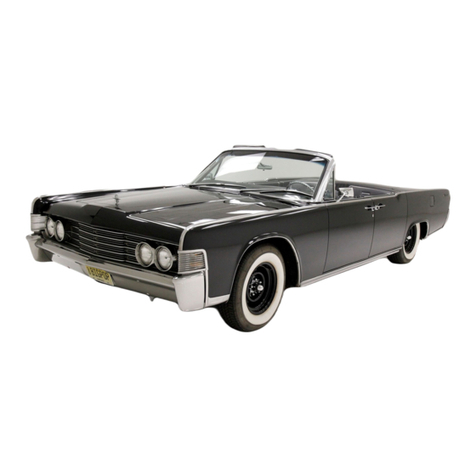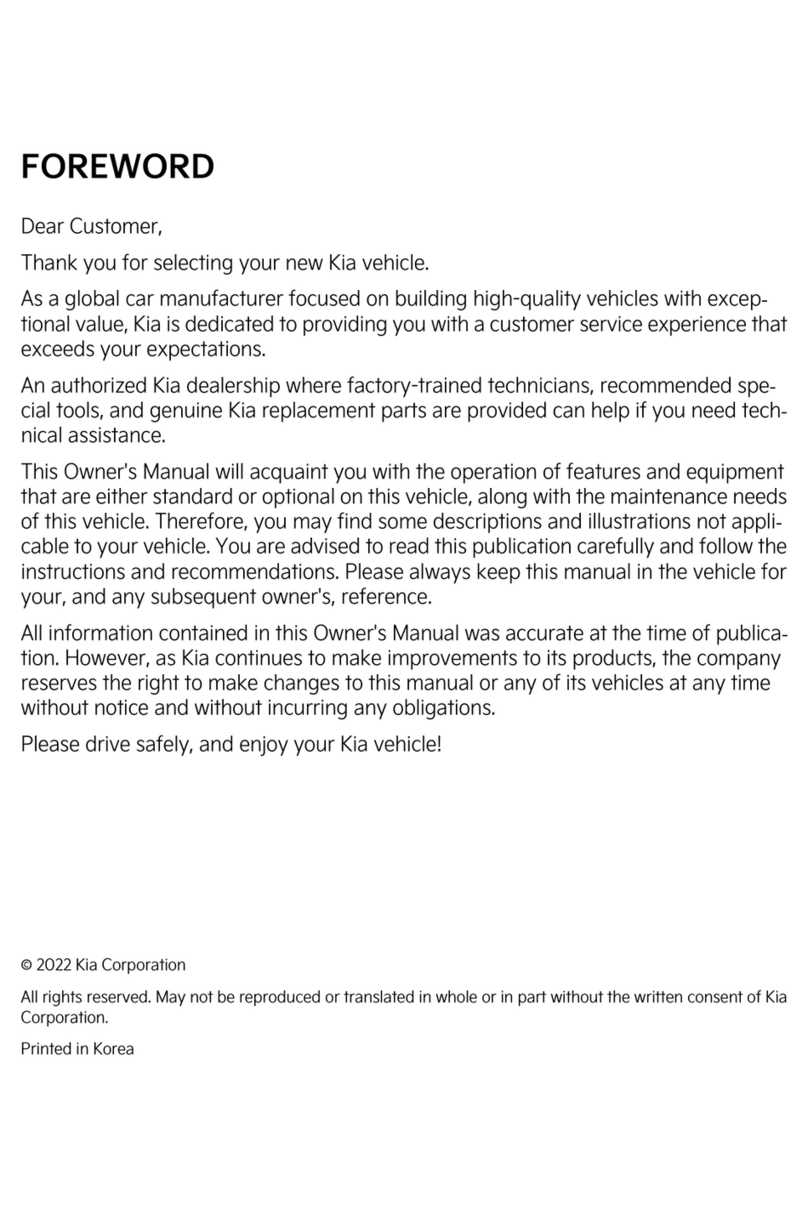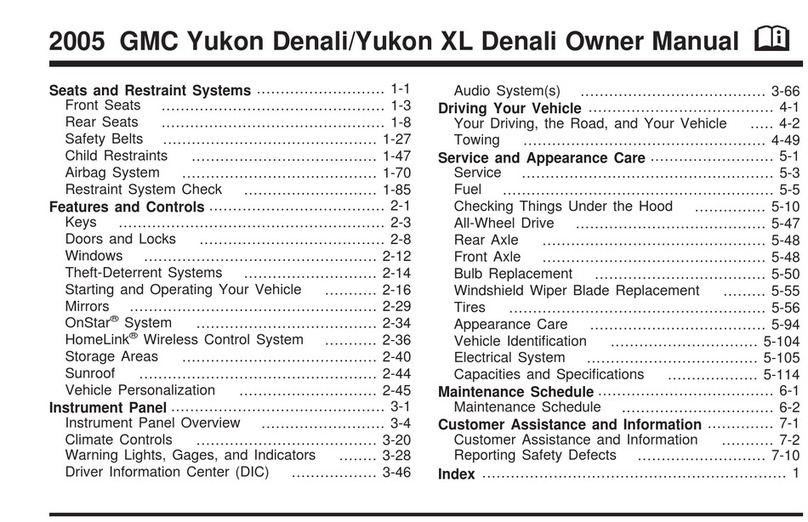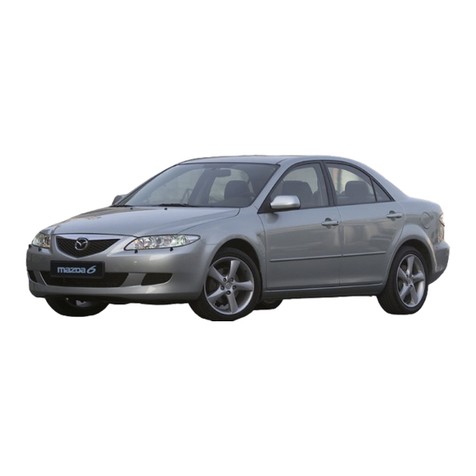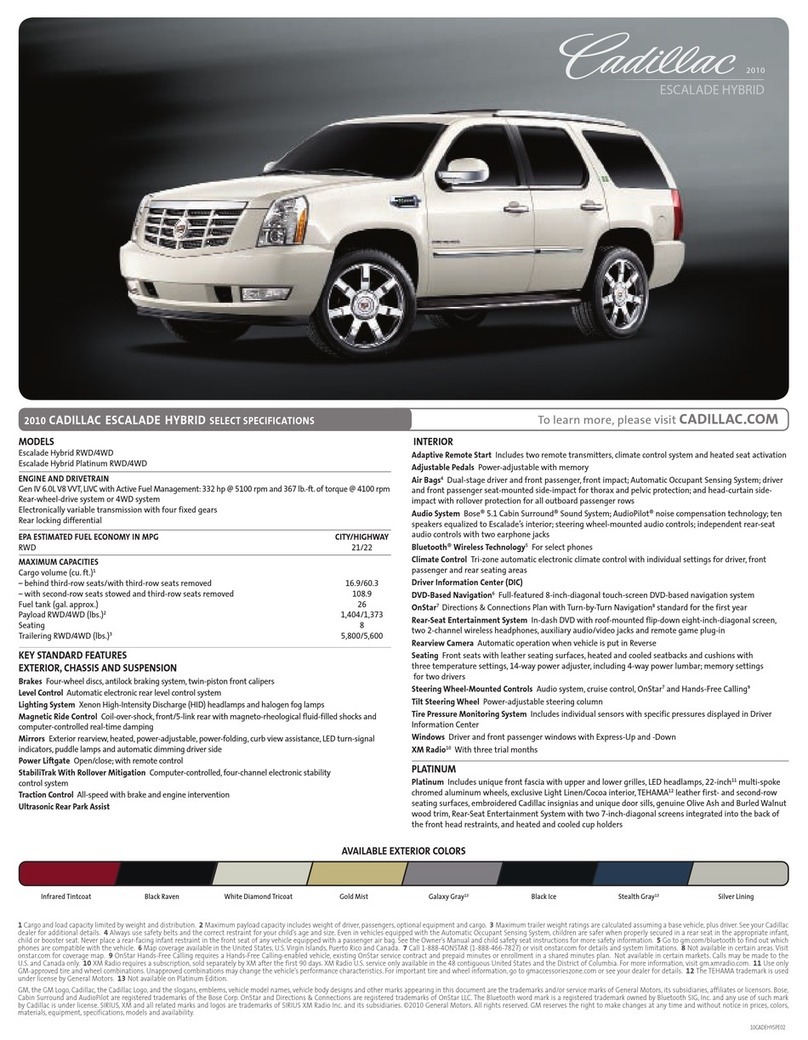Green Transporter Q Runner Q POD V2 User manual

CONTENTS
Section 1 Important note
Section 2 Technical Specifications
Section 3 General Instructions Before Riding
Section 4 Clean and Maintenance
Section 5 Battery Maintenance
Section 6 Troubleshooting Chart

Forward
Thank you for choosing our vehicle.
Before driving, please read this manual to know your
vehicle well. It will help you to obtain the maximum
pleasure from your vehicle and decrease drive failures.
You should always keep them in the vehicle and pass them
on to the new owner if you sell the vehicle.
All data referred in this manual is up to the minute. As we
are constantly updating its vehicles to the state of the art
and therefore this manual may be renewed without
immediate notice.
Note: optional equipments are also described in this
manual. So there may be some explanations not conform
to your vehicle.
Section 1 Important note
■This signal note the best way to use your vehicle.
This signal with warning information, please read it
carefully to avoid damaging vehicle and for your and your
family safety.
This signal is safety warning, means “can not”, “can not
do that...” or “can not make”.

Section 2 Technical Specifications
Model No.
Q POD V2
Size
2180*1100*1620mm(L*W*H)
Motor power
1200W
Battery
60v 45AH
Max speed
35km/h
Distance
60km
Wheel base
1580mm
Tire
Front:130/60-13 Rear:135-70-R12
Tricycle
weight
350kg(without battery)
Brake system
Front and rear disc brake

一:Normal temperature
O : Stop
二:Warm wind
High beam &low beam switch
Turn signal light and hazard light
Horn
Front reverse switch
Wiper switch
Headlight switch
Horn
Three-speed
shift switch
Parking switch

MP3/MP4&Radio . Bluetooth password : 0000
VIN Number
Battery
Speed
Range

Section 3 General Instructions Before Riding
NOTE
Like any sport, bicycling involves the risks of injury and damage.
By choosing to ride this tricycle, you assume the responsibility for
those risks. The manufacturer, distributor, and seller will assume
no liability for misuse or operator negligence. Thus, you need to
know and practice the rules of safe and responsible riding.
The Basics
▪Always conduct a safety check before you ride this tricycle
▪Always wear a helmet which complies with your states laws
when riding this tricycle
▪Check with your local police department for requirements in
your community.
▪Always wear shoes that will stay on your feet and will grip the
pedals. Never ride barefoot or wearing sandals.
▪Be thoroughly familiar with the controls of this tricycle
▪Don’t jump with your tricycle. It puts incredible stress on
everything from your spokes to your pedals. Most vulnerable to
jumping-related damages is your front fork. Riders who insist on
jumping their tricycle risk serious damage as well as to themselves.

Section 4 Clean and Maintenance
1. Inspection
(1) Brake liquid
Timely check the brake fluid level between the highest mark(MAX)
and the lowest mark( MIN). If you need to replenish liquid, only
can use DOT4 synthetic brake fluid.
Note: The brake fluid will absorb moisture. Therefore, if the
vehicle is used in the humidity higher area most of the time, brake
fluid replacement frequency should be faster than usual, please go
to service center to inspect and replenish brake fluid.
Brake fluid is harmful to the human body and is corrosive, if
accidental contact, please wash related body parts with cleaning
water and neutral soap immediately, and repeatedly wash. If put
in mouth by accident, seek medical advice immediately!
(2) Battery
Running 15~20 days shall timely check the battery electrolyte,
and timely replenishment.( Note: each battery electrolyte hole
should be replenished one by one) Maintenance free batteries do
not need to check the electrolyte.

Section 5 Battery Maintenance
(1) The surface of the battery, pole and connecting bolt, connecting line
should keep clean and dry. If the electrolyte splashed on body please use
cotton wipe clean, then wash and dry, ensure no water enters into battery.
(2) Battery connection must be kept in good. Always check the battery
connection fastening and nut loosening, lest cause spark in driving to ablate
electrode.
(3) Don’t place any conductive materials on battery, can not connect the
battery positive and negative poles directly to avoid cause a short circuit and
damage the battery.
(4) After battery discharge(regardless of vehicle ranges and driving time),
must be charged timely, charging tie should not exceed 24 hours delay.
(5) Because the electrolyte water electrolysis and evaporation will cause the
density increases and the level lower in using, so should always check.
In the charging of the battery terminal, please adjust electrolyte density to
1.28 0.0025(25℃) by 1.400 density dilute sulfuric acid specified for lead acid
battery, make the liquid height same as max. Level, continue to charge 0.5-1
hours after adjustment, so that the internal consistency.
Note: In order to ensure longer life of your battery, please go to service
center to fill battery electrolyte.
(6) During charging, please put the vehicle at airy place, and open the
battery cover, after charging, tighten liquid injection cover, ensuring smooth
gas. Don’t in charge at smoking or stack flammable goods place.
(7) When close to lead-acid battery service life, battery capacity will declined
rapidly, must replace the new battery. The new battery must be the same
with the original vehicle battery manufacturers and same model. And the
similar voltage battery cell as a group(full charge, the difference between the
highest voltage shall not exceed 1.1V).
Note: please go to service center to replace the battery, strictly
prohibited to replace battery by yourself, otherwise it will cause electrical
parts burn out, or even more serious safety accidents.

Section 6 Troubleshooting Chart
Phenomenon
Cause
Resolution
Speed out of
control
1. Low battery voltage
2. A wire from the throttle is
loose or disconnected
3. A spring,magnet,or sensor in
the throttle is locked or loose
1. Charge the battery
2. Solder or re-crimp
3. Replace throttle
Connect the
power,but the
motor doesn’t
work
1. A battery wire is loose
2. Apparent ”dead battery”
3. A wire in the throttle is loose
or disconnected
4. A brake sensor is defective
1. Reconnect
2. Solder or re-crimp
3. Replace brake handle
sensor
Mileage per
charge is not as
expected
1. Not enough air pressure in
tires
2. Not enough battery power or
a loose connection
3. The battery is damaged
4. Frequent braking and
acceleration, driving into
wind, with cargo, or up hill
1. Pump up the tires
2. Charge the battery
check connections
3. Replace battery
4. Use pedals to give the
tricycle additional
power
Table of contents

